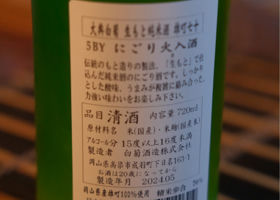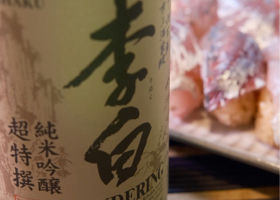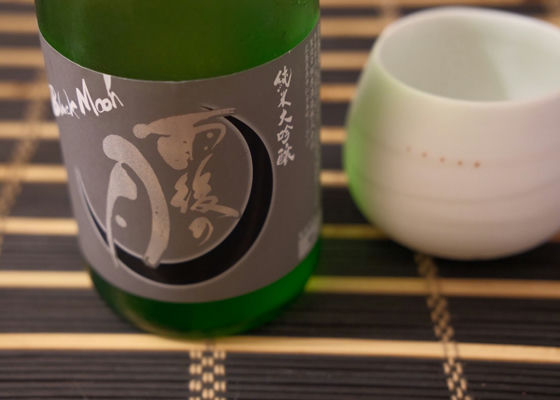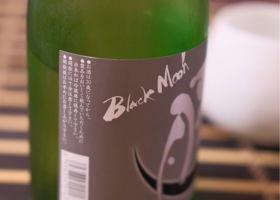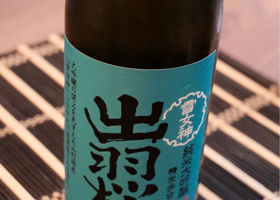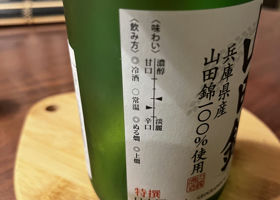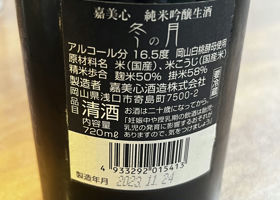


はがね
At the end of the year, we drank a lot of Ame-go-no-tsuki this year. A little excitedly, we went for the Shin-iki Daiginjo. It is gorgeous but dry.
The end of another year!
100% Yamadanishiki from Hyogo Prefecture
Sake degree +3, Acidity 1.2, Association 901 1801
Japanese>English









